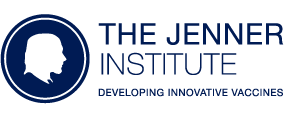The Background, Role and Approach for Development of a Controlled Human Infection Model for Nontyphoidal Salmonella.
MacLennan CA.
Nontyphoidal Salmonella (NTS) is responsible for a major global burden of disease and economic loss, particularly in low- and middle-income countries. It is designated a priority pathogen by the WHO for vaccine development and, with new impetus from vaccine developers, the establishment of an NTS controlled human infection model (CHIM) is timely and valuable. The broadly dichotomous clinical presentations of diarrhoea and invasive disease, commonly bacteraemia, present significant challenges to the development of an NTS CHIM. Nevertheless, if successful, such a CHIM will be invaluable for understanding the pathogenesis of NTS disease, identifying correlates of protection and advancing candidate vaccines towards licensure. This article describes the background case for a CHIM for NTS, the role of such a CHIM and outlines a potential approach to its development.

